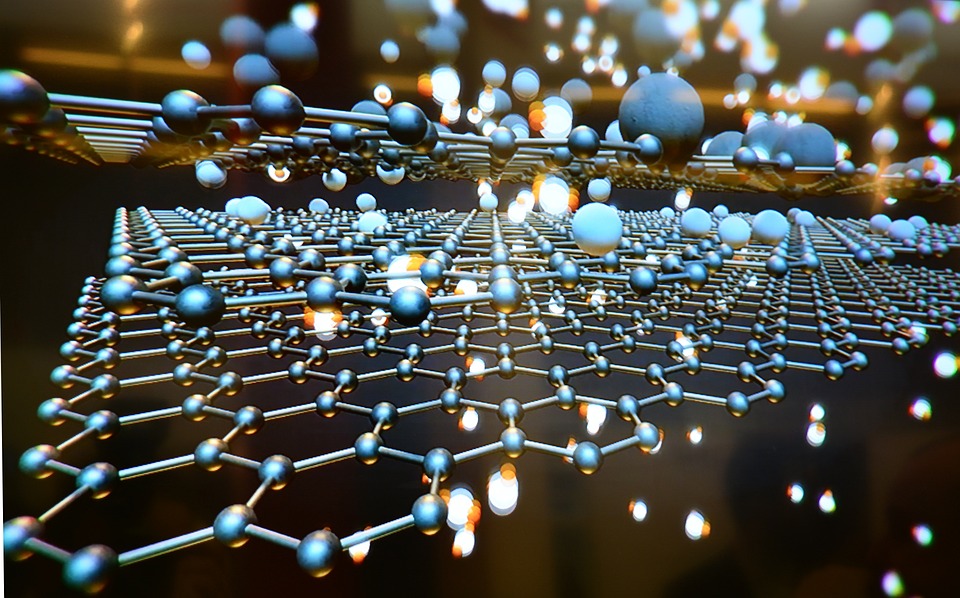One future problem, which has not been adequately addressed, is the problem of fumes and smoke from the combustion of composite materials. Composite materials are truly a great human achievement in materials science, but as we use these materials in more and more places, we need to be very aware of the potential risks and consequences of using them. One danger is that many types of compounds give off toxic gaseous compounds such as cyanide. Not all composites will do this, but some do.
Composite materials have been a godsend for space as the material is so light and strong. Boeing announced its forward-looking hope to sell 200 7E7s in calendar year 2005. In December 2004, Japan Airlines announced its commitment to order 50 Boeing 7E7s. Boeing recently received a commitment from Continental Airlines as well as a multi-billion dollar aircraft purchase between now and 2009 to secure a special price. The 7E7 is just over half of it and is the first passenger airliner to have so many of these composites. Through economies of scale, Boeing identifies ways for robots to build composite materials to reduce costs in labor and eliminate human error while standardizing flawless manufacturing with less than a thousandth of an inch of variance. This will allow a rivet-free plane, thousands of pounds savings and an unparalleled smooth skin for an absolute advantage in laminar airflows and reduced parasite resistance. This accuracy has not yet been achieved.
Composite materials have also been used in pipelines due to their ability to move from hot to cold without the huge expansion and pressure found in metal pipes. With the appropriate UV protective coatings, it is the perfect material for such things. The hulls of boats and ships with composite parts can also be great pros and don’t have the corrosion problems that occur in saltwater. Ship companies with ships with composite components will find that their maintenance costs are reduced to control corrosion and the life of the vessels will be increased. Metal fatigue won’t be a problem either. Cars designed with a compound will be stronger, lighter, and therefore safer, longer-lived, more durable, have better performance, and better gas mileage. Bridges, structures, towers, antennas, and buildings are all good uses of composite materials and are often preferred in modern times. Skateboards, sports equipment, mars karts, street signs, and flag poles can all benefit from the composite’s physical properties. The compound can also be manufactured on robotic assembly lines. The compound comes without the high costs of mining iron ore or precious metals.
Composite is an excellent material and makes a lot of sense really, but what about its other properties when it burns. What happens when a lightweight, high-performance 7E7 flies off the end of the runway and catches fire? What happens when a pipeline explodes? There will certainly be less chance of sparks with such materials but what do you do when there is? For example, landing gear hitting a fence and jet fuel leaking on hot engines? Will the passengers be safe once the fire starts emitting toxic gases? How about a pipeline made of composite material that explodes from a global terrorist attack? How about a car accident with another car or truck with a steel bumper providing sparks or a battery wire meeting a ruptured fuel line? Cars in accidents don’t usually burn to the ground, but they do happen. Any attempt to rescue victims could result in death from cyanide gas, and first responders would need to dress prior to rescue in addition to the critical time period to rescue passengers. No one knows this better than the US military airfield firefighters who are trained in such things. The military has learned the hard way that the new composite materials for all their advantages also have some very intense and deadly properties as well? Ships with composite materials have incredible advantages in terms of service life and maintenance costs, but a fire on board will be difficult to fight and if it gets out of control can be deadly to everyone on board.
We need to study how to use materials science to prevent toxins from combustion. A solution should be available that can be mixed with the material during manufacture and the coating applied in the hardening process along with special post-fabrication ceramic coatings of approximately 1-4 mil thickness for items where weight is required as the primary objective and 10-12 mil thickness for such objects as automobiles, handrails, ship interiors, etc. By doing so, we can prevent unintended consequences when Mother Nature, Murphy, dumb luck, or even harassment from international terrorists strike us. Funding should be provided to universities in Ohio, Pennsylvania, California, Virginia, Georgia, and Texas, which currently have degrees available so that we can stay ahead and cover all bases. This research should be funded by the Department of Energy, DARPA, and the Department of Transportation, and we must accelerate this sector now to keep up with the developments and needs that we will see in the next five years. We must look at the manufacturing, coating, and useful life of the composite and all possible variations of the composite materials. I suggest doing this to get us to the next step while we’re in lockdown;
“Strength and security now and forever.”


0 Comments